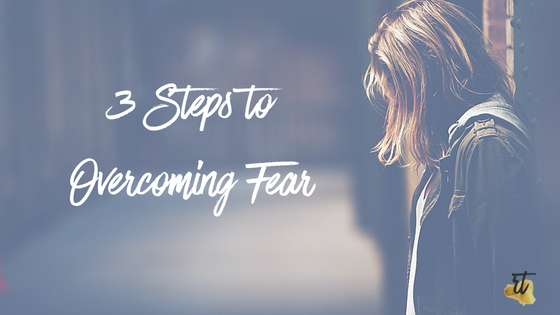A few years ago, I bought my first car. I’m not going to lie, it was a total fiasco. I experienced every emotion under the sun, faced my biggest fears, and learned me some valuable life lessons along the way.
My first real car wasn’t a beater or a loaner from my mom. It was my Dream Car. I had spent four years looking for a 2005 Mazda3, and I’ll never forget the first time I saw her. She was just right. Low kilometres, nice interior, power everything, and this beautiful royal blue (the one you get out of the Crayon box that’s not quite blue and not quite purple).
Oh, it was love at first sight. I was smitten. She was The One.
But there was one fatal flaw in our budding romance: she was a stick shift. A manual transmission. I wasn’t sure if I could do it!
I convinced myself that this one little detail wasn’t such a big deal. I’d driven a manual transmission before, once or twice, a million years ago. I would be rusty, but I wasn’t about to let a box of gears keep me from the love of my life. No, this would not be a dealbreaker. I held my breath, signed a short-term lease, and named her Blue.
I’m not going to lie…the drive home was bumpy. I stalled frequently. I accidentally threw her into reverse when trying to shift into…I’m not even telling you what gear. I rolled back on a hill and almost hit the car behind me.
It. Was. A. Mess.
We finally limped home, and there she sat in my driveway. For days. The love of my life. I talked about Blue all the time, but never once climbed in for a spin. I just was too embarrassed and terrified to drive her.
A week later, my husband asked me why I hadn’t been driving Blue around. I broke down. My fear, my hesitation, my shame… it all came tumbling out in a torrent of tears and cursing. I pleaded with him to call the leasing company and ask them to take the car back. I even offered to pay them… to just take it back.
I kid you not, it was a terrible scene. For what?
FEAR.
I had one bad drive home and all of a sudden I was paralyzed with fear, certain I was incapable of driving this vehicle.
In the end, I didn’t return the car, mostly because my husband chuckled as he consoled me and said it wasn’t going to happen.
Instead, over the next few days, I took three key steps that helped me conquer my fear:
- I did my research. I watched dozens of youtube videos, read articles, and asked family and friends for tips. Most of them gently laughed at me (out of love) because they could see my fear was in total control.
- I started obsessively telling myself that I could drive her, that I was capable, and that I was in control. Me. Not my fear. It may sound super silly, but I was reprogramming my subconscious with new internal scripts that would come in handy during the next phase: trial and error.
- I practised getting into my car and just sitting there. At first, I was so nervous I couldn’t even press the clutch pedal to get the car started! And like clockwork, those “silly” scripts started flowing through my head and helped me to stop panicking and focus. It wasn’t long before I found the courage to turn the ignition, release the handbrake, and just… go for a drive.
Today, I rip around town in my little M3 in true Zoom-Zoom style. She’s my baby Blue and I’m so glad I didn’t return her.
By educating myself in areas where I had knowledge gaps, by strengthening my belief in myself, and by taking on the challenge little by little, I was able to overcome something that literally had me stopped in my tracks.
I think this process can truly apply to anything you fear.
Fear is a primitive, paralyzing emotion that is designed to protect us from a perceived threat. When we try new things, take risks, or start to even hesitate before something, our brain goes into autopilot and triggers a protective response that can shut us down—mentally, physically, and emotionally.
The key is to understand when the fear is rational and when the fear is simply that, fear. Once you’re able to determine whether your fear is responding to a real threat or a figment of your imagination, you’re able to start working on the steps to overcome it.

